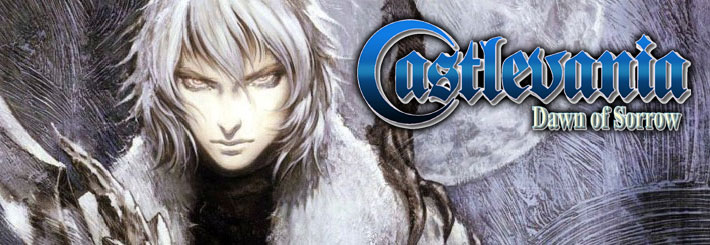Now, for the video; it's kind of trivial, but the long drop into the more cavernous sections of the Underground Caverns is maybe my favorite callback to an older game in the series. I think it was just one of those things that I remember noticing the first time I played it (the other getting the meat out of the staircase in the Entrance while I was killing time at a Babbages when the game was new and having an employee impressed by its old-timey-ness) and wondering if other people would pick up on it, too. I played the game several times back-to-back-to-back when it was first released, and part of the fun for me was to mine any kind of references that I could. But in 1997, this was all from memory since I no longer had an NES to play and older games to go back to. That's maybe where this whole odyssey started, now that I think about it. So you have this section of the game to thank, or something.
More into the specifics, I was really concerned with the amount of silence on my end when putting this one together. It was the easiest one to compile so far, which is probably why it came out only a week or so after the last, but the small amount of new foes to fight and interesting stuff to say about the development of this zone left me a bit nervous that people would call me out for being mute. Thankfully, that hasn't happened, and I think I had enough ground to cover that the quiet places don't stick out as much as in others. Big shoutout to Icebrand and the Nunchaku for that, maybe.
I actually recorded myself going through this section of the castle twice. See, SOTN is a pretty easy game, all things considered, but you wouldn't know it by my playing because I've been getting my ass kicked up and down the street in almost every video. Granted, showing everything that I can in the game means that I have to put myself into some ugly situations, but I just about got killed fighting Orlox in the last video. That shit can't stand. Worse, my Gravity Boots traversal was downright terrible during my first crack at recording. For whatever reason, it took at least two minutes to get back up the waterfall, and I knew right away that it would translate to film the same way Jordan did in Space Jam. Lucky for me that playing this game zone-by-zone is pretty short, but this turns out to be one of the larger places in the game by area (strangely enough), so I wound up with a solid hour of video by the end. And I still beefed it a few times on the Gravity jumps. Man...
One thing that a commentor on this week's video pointed out that I probably should have brought up was how Maria is locked in a cell in an area that's practically the same as the Underground Cavern in Rondo of Blood. Sure, the castle is a "creature of chaos," which is a convenient way of having it be a different layout in every game, but I could probably have made a case for her cell being where the Holy Symbol is found since it's at the end of a long stretch of water in a locked room. Thanks to Billy Greggory for reminding me (and no, I'm not remaking this video to include it) (for now).
This was the first episode that I had a discussion question in the comments, and I'm glad that people chimed in. I always took the toad and frog enemies for being replacements for the Teenage Mutant Ninja Turtles because they were reptiles that dropped "NY style" pizza. One of the commentors shares my thoughts that turtles were probably just dumb enemies to put into the game, and since frog sprites already existed from Rondo, I had always guessed that they stretched the reference a bit to make it work. I can't confirm it, though, so in the comments is where it stays. I guess if someone that worked on the game in some official capacity wants to reach out to me and say yes or no, maybe I actually will redo this one to include it. BUT THAT'S ON THEM.
Lastly, this is probably the only video that should have been labeled "NSFW" with the Succubus art attached to it, but I didn't do it. Maybe it was a mistake, but I'm open to hearing opinions on this. If folks want me to, I'm happy to update the episode title to put the distinction in there.
The next video might be one that stretches two sections of the castle: the Abandoned Mine and the Catacombs. The Mine is relatively short and there isn't a ton to say about it, so maybe combining the two might be the way to go. Then again, I have a fair amount of freelance work in the pipeline over the next month, so maybe a shorter video could be in the cards to keep things moving along. We'll see, I guess.
Thanks again for watching, everybody.

